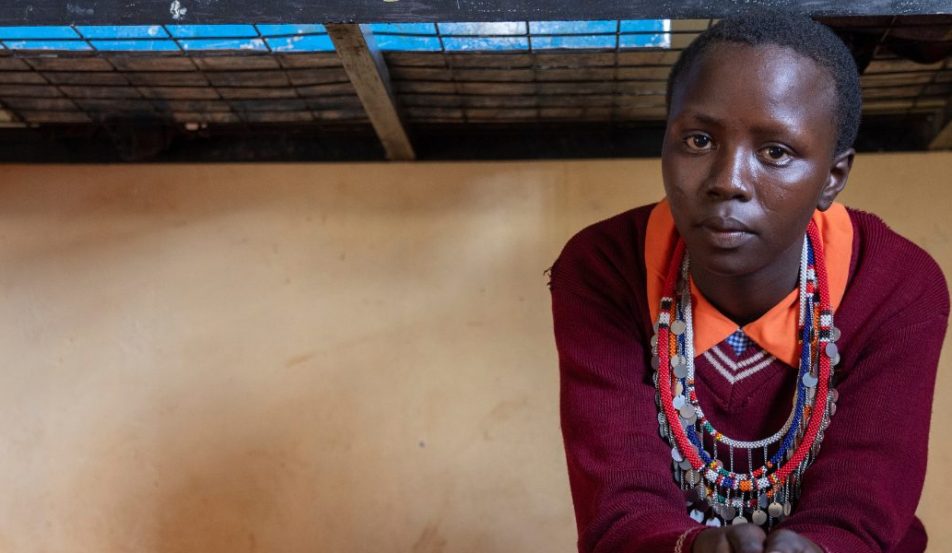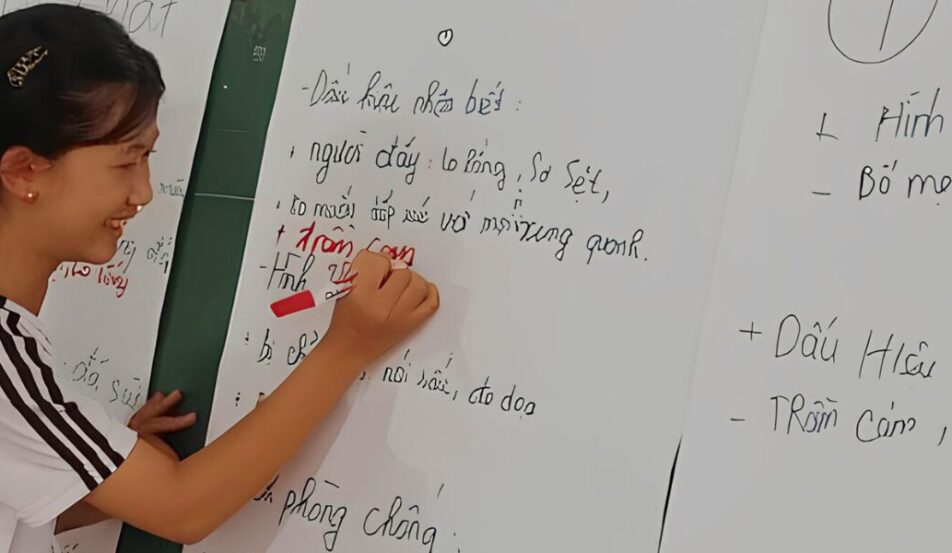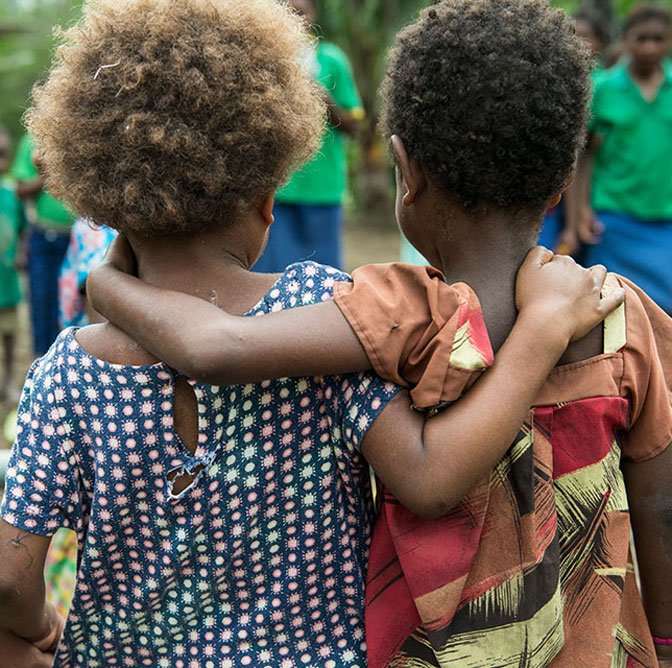Engaged, connected and safe: children in the digital world
The rapid advance in digital technology is changing childhoods around the globe, with research showing that around one in three internet users is under the age of 18.
Last week the United Nations Children’s Committee recognised that the rights of young people apply online as well as offline. This is a welcome and important development in child rights.
Online connectivity can have many benefits for young people. It brings access to information and knowledge. It offers an environment in which to build peer connections and social networks, at home and around the world.
For children seeking support, the online world can provide guidance, and advice. And, as we have witnessed during the pandemic, online education resources can provide a valuable alternative learning platform when face-to-face classes are unavailable.
When accompanied by low levels of media literacy, however, access to the worldwide web can also present new threats to children’s safety. Without the knowledge and skills needed to navigate the digital world, young people’s exposure to potential abuse and exploitation increases.
The digital generation
In Vietnam, internet penetration is now at 70%, with almost 70 million people online. This includes 65 million social media users. It is estimated that in the country, more than one-third of Facebook accounts belong to young people, aged between 15 and 24.
In response to this increased connectivity, in 2017 ChildFund Vietnam launched Swipe Safe, an innovative online safety program which has now helped more than 12,000 children safely navigate the world wide web more safely.
This project will enter its second phase in Vietnam, and is currently being implemented in the Solomon Islands, Cambodia, and Myanmar with plans to expand this initiative in the Pacific.
Online fears and concerns
Recently, ChildFund Australia, Plan International Australia and the Young & Resilient Research Centre of Western Sydney University launched a new study – Online Safety in the Pacific – in order to fill the research gap and map the challenges and opportunities for children in the Solomon Islands, Kiribati and Papua New Guinea.
Among the children surveyed, 77% said the risk of accessing inappropriate content, such as horror movies and pornography, was their greatest fear, followed by cyber-bullying (38%).
Parents and carers also identified a lack of control over what children were accessing as their greatest concern.
Safely navigating the worldwide web
Swipe Safe training workshops assists young people to understand the risks of using the internet, and how they can better protect themselves.
The program aims to empower young people to make the most of the digital world and provides valuable information about online safety to parents and teachers.
ChildFund also works with internet cafes to build safer environments and works closely with schools to develop and promote online safety policies and guidelines.
Fifteen-year-old Ngoc created her Facebook account when she was in Grade 6. She found that on Facebook she was able to make many new “friends” from around the world.
The number of people she connected with reached the thousands. “I did not know most of the people on my friend list in real life,” Ngoc says.
Ngoc shared a lot of information on her Facebook page, and the time spent on social media began affecting her schoolwork. She also started to have some concerns about her online interactions.
Ngoc explains: “If we did not accept an invitation to go out from friends on Facebook, we received threats and other bad words,” Ngoc says. “We felt frightened.”
Taking protective measures
A recent survey of Swipe Safe participants in Vietnam found that, after completing the program, 100% of young people said that they knew at least one method to protect themselves when online.
In addition, 85% can identify where to go for assistance if they are experiencing any difficulties when interacting online.
CEO of ChildFund Australia Margaret Sheehan says: “The opportunities that online connectivity provides is paramount for children and young people across the Asia-Pacific.
“However, we must be vigilant in taking adequate measures to keep them safe. A single response will not combat the far-reaching risks and impacts of the online world.
“A whole of community approach, which empowers children and their families to safely navigate the online world is crucial.”


































